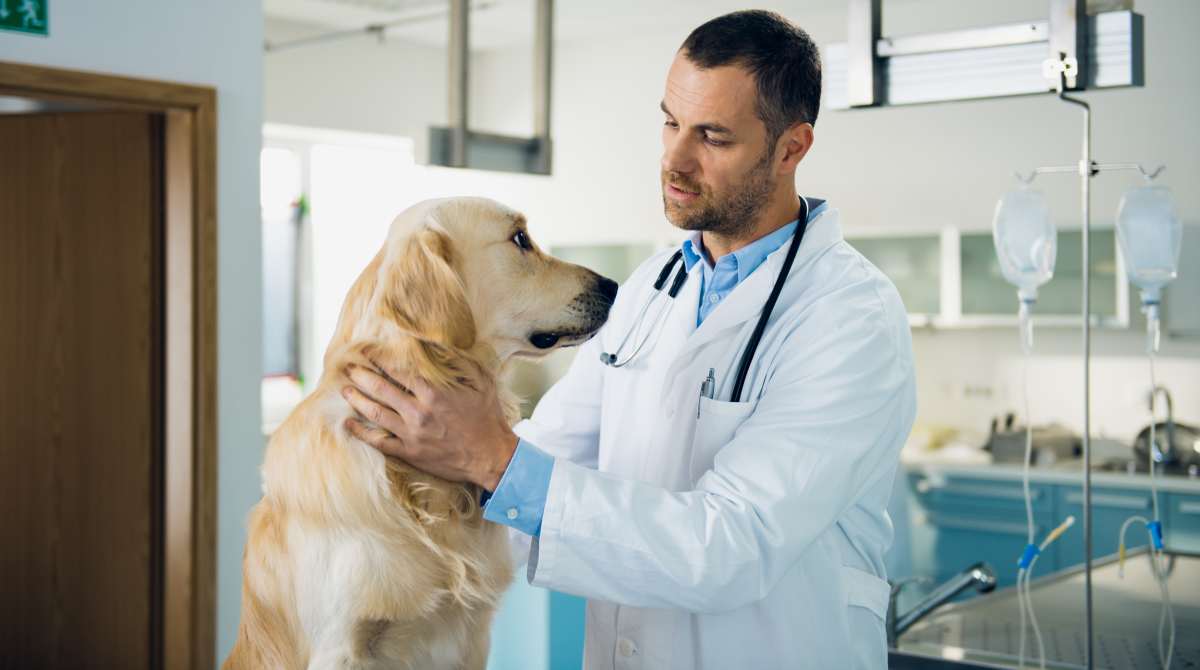Vet shares 5 everyday dog items he avoids at all costs that could lead to costly emergencies

Some of the most harmless things in a dog’s life may carry hidden risks. A veterinarian recently shared his perspective on a list of items he avoids giving his dogs. On October 26, 2025, Dr. Adam Christman posted a TikTok video highlighting common items that could unexpectedly lead to emergencies for dogs. He explained why certain products can be dangerous and offered guidance for dog owners to help keep their pets safe. Christman’s advice comes from his experience both as a veterinarian and a dog parent, emphasizing careful choices to prevent accidents and costly veterinary visits.

1. Dental sprays
In the video shared under the handle name @dr.adam_christman, Christman starts by warning against dental sprays. He argues that these sprays often promise more than they deliver, and many dogs clearly dislike the experience. According to him, “little evidence” supports their benefits, and they may only stress your pet without real gain. "Dogs hate the sensation of a spray near their mouth," he mentioned in the clip. Beyond his take, Natural Wonder Pets also emphasizes that many dental sprays and gels contain high amounts of alcohol, which can cause gradual harm to dogs and cats. Even small doses given regularly can stress their liver and kidneys, making these products risky for daily use.

2. Low-quality pet toys
Another item he advises avoiding is low-quality or poorly made toys. Such toys may seem inexpensive, but they often break easily. Tiny pieces can snap off and pose a risk of choking, being swallowed, or causing cuts in the mouth. According to Missoula Veterinary Dentistry and Oral Surgery, thin plastic toys can leave sharp bits that may harm teeth or cause digestive issues.

3. Dog treats with unknown ingredients
Christman’s third warning focuses on treats with unidentifiable ingredients. He advises dog owners to choose treats that clearly list all ingredients, so you know exactly what your pet is consuming. According to guidance from the Institute for Environmental Research & Education, ingredients such as “unspecified animal by‑products,” artificial colors, chemical preservatives (like BHA, BHT, ethoxyquin), and other additives in certain dog treats can pose health risks for pet canines.

4. Hard plastic chew toys
Christman’s fourth warning is about very hard plastic chew toys. He strongly argues that rigid plastics can fracture a dog’s teeth because they don’t flex under pressure. A research supports this risk, showing that toys that don’t give under a certain amount of force can crack a dog’s upper fourth premolar, making them potentially very harmful.

5. Plastic dog bowls
Finally, Christman cautions against plastic dog bowls. Over time, plastic can scratch or crack, creating small crevices that trap bacteria. According to Animal Wellness Magazine, scratch-prone plastic bowls can harbor pathogens far more than smoother materials. On top of that, plastics may leach harmful chemicals, raising long-term health concerns.
@dr.adam_christman Avoid those very tough plastic chew toys. They WILL fracture teeth! #vettok #dogtips #doghealth #dogsoftiktok #doglover ♬ original sound - dr.adam_christman_Veterinarian
In a reply to one of the comments, Christman recommends using ceramic or stainless-steel bowls. Experts often suggest switching to stainless steel because it resists bacterial buildup and doesn’t break down over time.
For more interesting dog health tips, follow @dr.adam_christman on TikTok.